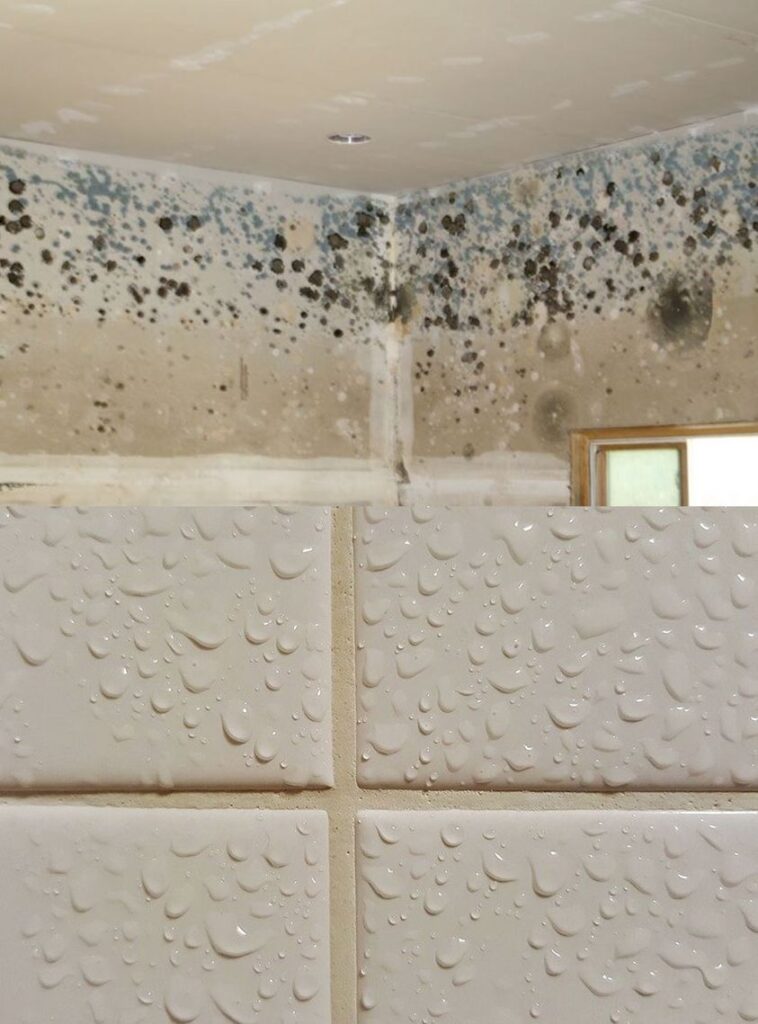ADVERTISEMENT
Title: “Humidity at Home? Clever Grannies’ Trick to Solve This Problem for Good”
Dealing with humidity at home can be a real hassle. It can lead to mold, musty smells, and even discomfort while you’re simply trying to relax in your own space. High humidity levels can also wreak havoc on furniture, wood, and textiles, causing them to warp or develop unpleasant odors. So, what’s the solution to this age-old problem? While modern gadgets like dehumidifiers can help, there’s an old-fashioned, yet incredibly effective trick that our grandmothers swore by. And the best part? It’s simple, affordable, and doesn’t require any fancy equipment.
In this article, we’re going to reveal the clever grannies’ trick to combat humidity in your home for good — a solution that uses natural, common household items to keep your living spaces comfortable and dry.
1. Why Does Humidity Become a Problem?
Before we dive into the solution, it’s important to understand why humidity can cause such issues in your home. Humidity refers to the amount of moisture in the air. When humidity levels rise too high, several things can happen:
- Mold and Mildew Growth: Excess moisture encourages mold and mildew, which can grow on walls, ceilings, and furniture. These fungi can damage your property and pose health risks.
- Condensation: Humidity can cause condensation on windows, walls, and ceilings, which can lead to water damage and promote the growth of mold.
- Discomfort: High humidity can make your home feel warmer and stuffier, leading to discomfort, particularly during the warmer months.
- Damage to Furniture and Belongings: Wood furniture, books, and textiles can absorb moisture, causing them to warp, discolor, or even rot.
2. The Granny-Approved Trick: Use Desiccants to Absorb Excess Moisture
Here’s the old-fashioned trick that clever grannies used to keep their homes dry and comfortable — desiccants. A desiccant is any substance that absorbs moisture from the air, helping to reduce humidity levels naturally. This method has been used for centuries and is incredibly effective, cheap, and safe.
Some of the most common desiccants include:
- Baking Soda
- Salt
- Activated Charcoal
- Rice
Each of these household items is inexpensive, easy to find, and can be used to fight humidity in various areas of your home. Let’s explore how to use these simple products to your advantage.
3. How to Use Baking Soda to Combat Humidity
Baking soda isn’t just for baking — it’s also an excellent moisture absorber. It’s perfect for small spaces like closets, bathrooms, or kitchens.
- How to use it: Place an open box of baking soda in the areas that are prone to humidity. You can also pour baking soda into a shallow bowl or dish and place it in strategic locations. Baking soda will absorb the excess moisture in the air, helping to reduce dampness and eliminate odors.
- Additional tip: If you want to boost its effect, mix baking soda with a few drops of your favorite essential oil (like lavender or eucalyptus) to leave your home smelling fresh while tackling humidity.
4. Salt – A Natural Moisture Absorber
Salt is another fantastic natural desiccant that grannies have used for generations to combat excess humidity. It’s inexpensive and readily available in most homes.
- How to use it: Fill a few small bowls or jars with salt (rock salt, sea salt, or table salt will all work). Place these salt containers in areas where humidity is most problematic, like the bathroom, kitchen, or basement.
- How it works: Salt naturally attracts moisture from the air and absorbs it, reducing humidity in enclosed spaces. You may need to replace the salt after a while, as it will become saturated with moisture.
- Where to use it: Salt is particularly useful in areas with high humidity levels, such as basements or bathrooms. Just remember to check the salt periodically, as it may need to be replaced if it becomes damp.
5. Activated Charcoal – The Grannies’ Secret Weapon
Activated charcoal isn’t just for purifying air; it’s also an excellent moisture absorber. It’s been a go-to remedy for grannies who lived in damp homes or lived in areas prone to high humidity.
- How to use it: You can find activated charcoal in many forms, from bags to small pellets. Place small bags of activated charcoal in closets, bathrooms, or damp corners of your home. The charcoal will absorb moisture and neutralize odors, leaving your space feeling fresh and dry.
- Additional tip: Activated charcoal is reusable. Just leave it out in the sun for a few hours to refresh its moisture-absorbing properties.
- Where to use it: It’s ideal for use in areas like wardrobes, closets, basements, or bathrooms, where humidity and musty smells are common.
- For Complete Cooking STEPS Please Head On Over To Next Page Or Open button (>) and don’t forget to SHARE with your Facebook friends
